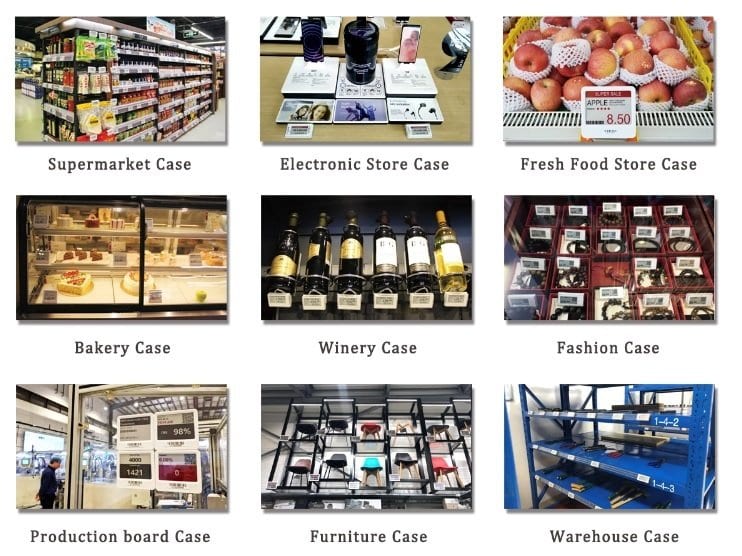
The advantages of Digital Labels are many. Aside from the fast turnaround time, these labels are more economical and can be produced in small quantities, which can save you money and time. Production time is reduced to a few hours depending on the size of the batch. The latest digital printing technologies allow for high-quality printing with little to no waste. Moreover, they are consistent across the print run, which is essential for a brand to stand out in the shelves.
In addition to being cheaper, Digital Labels allow you to print a smaller number of labels at a time. For example, if you want to produce multiple copies of a product, you can use variable data printing to test different messaging. The high resolution of digital label printing allows for an accurate picture, even when you have to make minor changes. In addition, you can print small print on digital labels. For this reason, the advantages of digital labels are numerous.
Another advantage of Digital Labels is their ability to speed up the production process. This technology has the benefit of producing high-quality labels in small batches, which means you can avoid the delays associated with mass-production. Since there are no plates to be made, the process is fast and efficient. Regardless of the quantity, digital labels are an excellent choice for mass-market products and small business needs. A large production run means that your labels will be more durable and will last longer.
Another benefit of Digital Labels is that you don’t have to spend money on expensive number machines. You can use digital label printers for a variety of label applications. For example, you can print product labels, promotional stickers, and more. With a digital label, you can change or update the attributes of your products within the same label run without re-designing them. Aside from speed and flexibility, the digital printer will also reduce your overall printing costs.
Unlike traditional printing methods, Digital Labels are not limited to paper and foil. They can be printed on a variety of substrates, such as paper and foil. They can be printed on both surfaces and materials. Ink-to-ink trapping is also one of the advantages of digital printing. You can choose between different substrates for the purpose of making your labels. Despite the fact that digital labels are cheaper, they still have a limited print range.
The cost of digital label printing is lower than traditional methods. Besides being cheaper, digital labels are better for short-run full color labels. These labels are more durable and will not lose their color or shape, even if they are ripped. Therefore, the price of digital printing is lower than the traditional flexo method. It can also reduce your set-up time. There are a lot of benefits of Digital Labels. They will reduce your costs dramatically, and you will get higher quality output with less effort.
While the high-quality of digital labels is higher than the quality of conventional printing, they are still very affordable. The cost of a single label is inexpensive compared to the cost of a hundred-dollar label. The quality of the printed labels can last for a long time and be used for a variety of purposes. There are a lot of benefits of using digital printing. A digital label can reduce your costs by 50% or more.

Another great advantage of Digital Labels is their versatility. These labels are highly customizable and can be produced on many different substrates, including paper and film. They can also be supplied in almost any shape. The digital printing process is highly refined and rivals the quality of UV flexo and offset printed products. Whether you need an inkjet or an offset print, digital label printing is an excellent choice for many applications. You will get unmatched quality and flexibility from digital labels.
As a result, these labels are highly customizable and are very cost-effective, especially for small print runs. It is also easy to change the information on these labels, which is an important benefit for businesses that deal with wine. In the wine industry, the demand for wine has become increasingly competitive, and digital technology makes it easier than ever to engage with customers. This is especially true when you want to make your products more appealing to your customers.
